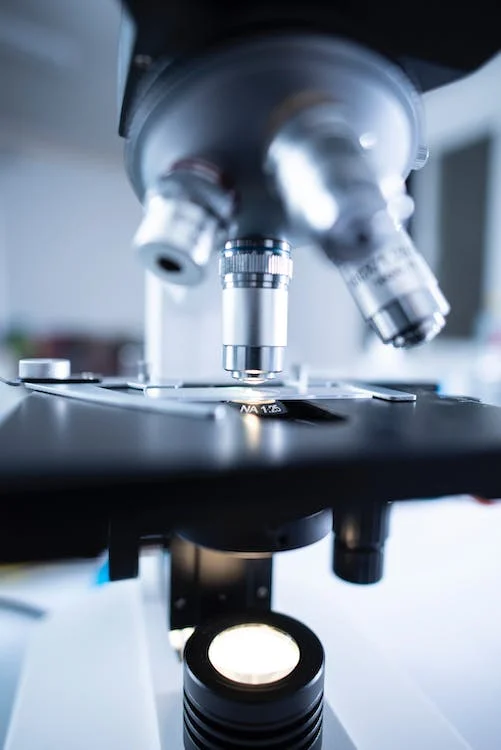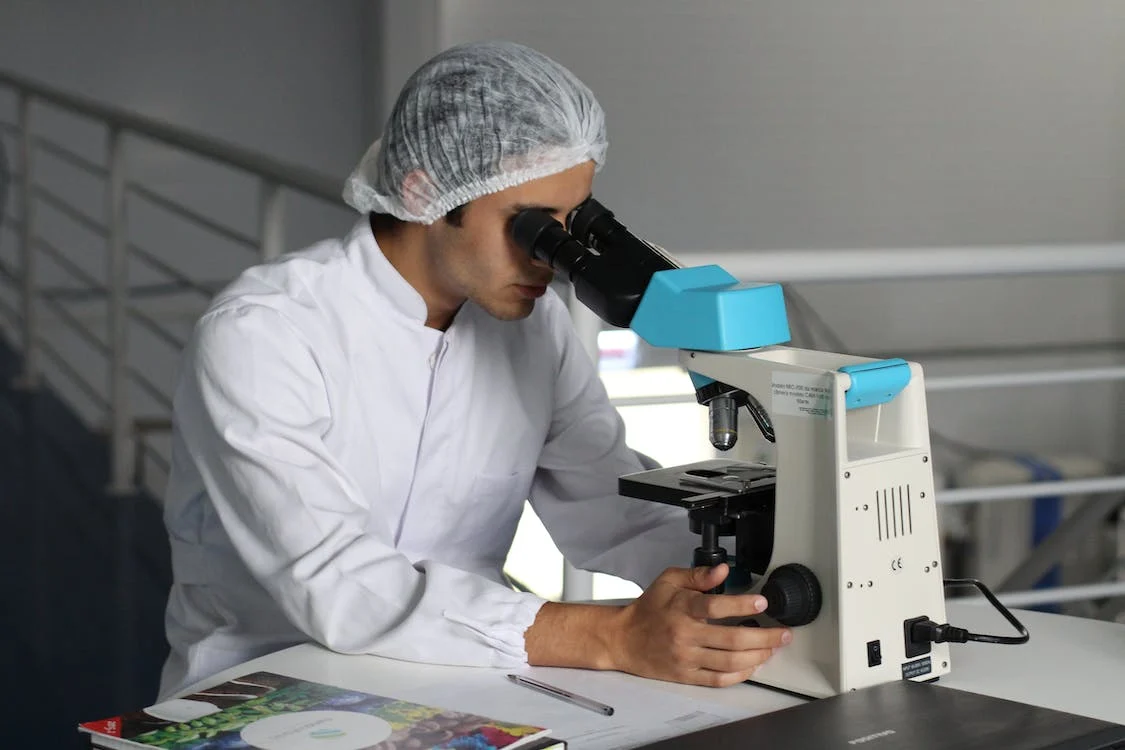A microscope is used to see objects that are too small to be seen by our naked eyes. The word microscope came from the Ancient Greek words mikros which means “small”, and skopein which means “to look” or “see”.
If you’re looking into buying a microscope, it can be challenging but it is also an enjoyable process at the same time. There are a lot of things to consider when it comes to buying microscopes and the task can be a little daunting as well. One of the reasons is because of the bewildering range of quality available on the market, from cheap plastic microscopes to the most expensive brands.
If it will be your first time to buy a microscope for your lab tables, then you came to the right place because we are going to give you a guide to buying microscopes.
The Right Light Microscope
It’s important to ensure that you buy a microscope that will suit your application well. It’s because microscopes are configured for different applications. Here are some of the basic things you need to know first:
- A light microscope has two magnification sources. Its primary source is through the objective lens and the secondary source is through the eyepiece lens. To get the total magnification, simply multiply the magnification or power of the objective lens by that of the eyepiece lens.
- Do not be attracted to microscopes with high levels of magnification because most of the world’s best light microscope have magnification levels of less than 60x.
- Lastly, you need to know whether you need a compound microscope or a stereo microscope.
Compound and Stereo Microscope
Microscopes have two basic categories which are compound and stereo. These categories are often referred to as high power or low power, respectively.
1. Compound Microscope
This type of microscope produces images that are upside down and reversed right to left. Also, the working space between the slide and the lens in this type is very small. Due to this, it is not practical to work on specimens while you observe with a compound microscope. You cannot also fit large subjects under this type of microscope for observation.
A compound microscope is a high power microscope that is best used for viewing smaller specimens such as bacteria, blood samples, water organisms, and pond scum. It’s because these specimens require high powers of magnification for you to see the details.
It typically has 3 to 5 objective lenses ranging from 4x to 100x. For example, there are 10x eyepieces and 100x objective, its total magnification will be 1,000 times.
If you want to purchase a compound microscope, you also need to decide if you need a monocular, binocular, or trinocular microscope. Here are the basic variables to be able to decide:
- Magnification: For up to 1000x total magnification, a monocular microscope will work well. But if you need higher magnification levels, you might want to get a binocular microscope.
- Comfort: Binocular microscopes are more ergonomic and user-friendly compared to monocular microscopes. But if it will be for young children, a monocular microscope is a better choice.
- Price: A monocular microscope is the least expensive among the three types and the trinocular one is the most expensive.
- Application: For more sophisticated applications, binocular and trinocular microscopes are a great choice because they include a mechanical stage. Trinocular microscopes have a third port which is used for microphotography. Monocular microscopes, on the other hand, do not include a mechanical stage.
2. Stereo Microscope
A stereo microscope is used to view more substantial specimens like rocks, leaves, gems, bugs, and insects. These kinds of specimens require lower power with magnification ranging from 6.5x to 45x. Stereo microscopes are also known as low power microscopes. It has two eyepieces and can provide a three-dimensional image of the specimen.
A stereo microscope has two configurations which are dual power and zoom. For the dual power configuration, it has two magnification options. For example, 20x to 40x. The zoom configuration, on the other hand, has a continuous zoom range from lowest power to the highest power, example, from 6.5 to 45x. Stereo microscopes also come in a trinocular configuration for photographic purposes. They can be integrated microscopes or they can also be assembled with different bases.
Things to Consider When Buying a Microscope
Once you’ve decided on what type of microscope you want, there are also some important things to consider for you to purchase the best one. Here are some of them:
1. Microscope Quality
To be able to choose a good quality microscope, you need to look into its construction, lens, and illumination.
- Construction
For a lot of people, a higher price equates to higher quality. This can be true because just like cars, the finest microscopes in the world are extremely expensive. But no worries because there are also fine quality microscopes with well-known brands that do not cost that much. Most of them are made the same as high-end brands but are not fully loaded, making them cost less.
When choosing the best microscope, more than looking at its price, you should also look into its construction. They need to have an excellent engine, a comfortable drive, and they also need to be durable. Also, try to look for microscopes with design elements like solid metal alloys, high-quality prisms, and iris diaphragms.
- Optical Quality
Another important thing to consider when it comes to the microscope’s quality is its optical quality. This is largely determined by the quality of the objective lenses and, to a secondary degree, by the quality of the eyepieces.
One of the best good quality objective lenses is an achromatic lens. It corrects the fact that different colors refract through a curved, glass lens, at different angles. It produces an enhanced and flatter specimen image.
But for a more sophisticated application, you will need a better quality objective that will be able to produce even flatter images. These types of lenses can be semi-plan or plan objectives. Plan objectives are considered as perfect lenses and they are usually used on sophisticated biological research.
For the eyepieces, the general rule is, the wider the eyepieces, the easier the viewing. These can be Wide Field or Super Wide Field. But if you need high-powered one, you should go for ones with smaller eye ports.
2. Illumination
There are four kinds of illumination for microscopes which are tungsten, fluorescent, halogen, and LED.
- Tungsten: This is the basic illumination for entry-level microscopes.
- Fluorescent: Fluorescent light is used in a specialist, epi-fluorescent microscope for biological research. There are also fluorescent ring lights which are used as additional light sources in stereo microscopes when more light is needed. But these ring lights should not be confused with fluorescent microscopes.
- Halogen: This kind of lighting is a standard for high-quality, pedestal microscope. It can produce a strong, white light. It also typically includes a variable rheostat, allowing you to adjust the intensity of the light.
- LED: LED ring lights when used with rechargeable batteries, can make a microscope fully portable. It is usually used in the field or at conferences and trade shows where electrical outlets are limited.
These are some of the important things you need to look into when buying microscopes. We hope the information we shared will help you find the perfect microscope that will suit your needs.


